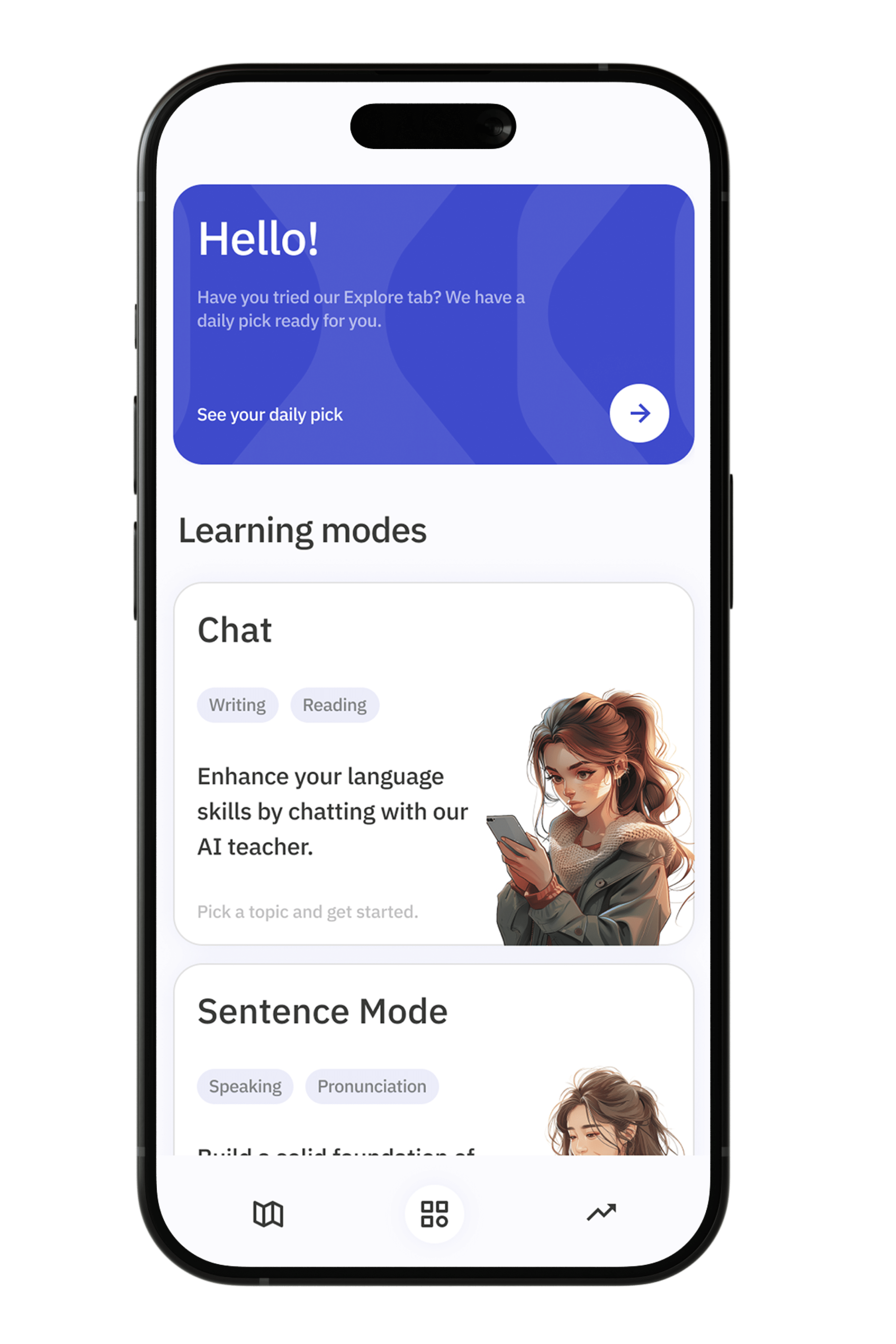Pick a language and start learning!
Artículo cero Ejercicios en idioma ingles

El artículo cero en inglés es un tema fascinante y esencial para aquellos que desean dominar el idioma. A diferencia del español, donde el uso de artículos definidos e indefinidos es más común, el inglés permite la omisión de artículos en ciertas circunstancias. Comprender cuándo y por qué se omiten los artículos en inglés puede mejorar significativamente la fluidez y precisión de tu comunicación. En estas actividades, exploraremos diversas reglas y ejemplos que te ayudarán a identificar y practicar el uso del artículo cero.
A través de una serie de ejercicios prácticos y explicaciones claras, te guiaremos para que puedas aplicar correctamente el artículo cero en distintos contextos. Desde situaciones cotidianas hasta escritos formales, estas lecciones te proporcionarán las herramientas necesarias para mejorar tu competencia lingüística. Prepárate para descubrir cómo el artículo cero puede cambiar la forma en que estructuras tus oraciones y profundiza en este aspecto crucial del aprendizaje del inglés.
Exercise 1
<p>1. She enjoys reading *books* in her free time (plural de libro).</p>
<p>2. He likes to play *soccer* on weekends (deporte popular con balón).</p>
<p>3. They watched *movies* all night (plural de película).</p>
<p>4. I need to buy *groceries* for dinner (cosas que compras en el supermercado).</p>
<p>5. She practices *yoga* every morning (tipo de ejercicio físico y mental).</p>
<p>6. We love to visit *museums* on holidays (plural de museo).</p>
<p>7. He collects *stamps* as a hobby (colecciona esto, se pega en cartas).</p>
<p>8. She wears *glasses* to read (objeto que usas para ver mejor).</p>
<p>9. They are building *houses* in the new neighborhood (plural de casa).</p>
<p>10. He listens to *music* while working (arte de combinar sonidos).</p>
Exercise 2
<p>1. She loves *painting* landscapes (actividad artística).</p>
<p>2. They went to the *museum* yesterday (lugar donde se exhiben obras de arte).</p>
<p>3. He is an excellent *painter* (persona que pinta).</p>
<p>4. The children are learning to *draw* in their art class (actividad artística).</p>
<p>5. The sculpture was made out of *marble* (material de escultura).</p>
<p>6. She bought a new set of *brushes* for her painting (herramienta para pintar).</p>
<p>7. The *gallery* is hosting a new exhibition (lugar donde se exhiben obras de arte).</p>
<p>8. He enjoys *sketching* in his free time (actividad artística).</p>
<p>9. The artist's *studio* is filled with unfinished works (lugar donde trabaja un artista).</p>
<p>10. The mural was created by a famous *artist* (persona que crea arte).</p>
Exercise 3
<p>1. She loves to play *piano* in her free time (instrument).</p>
<p>2. They went to *school* early in the morning (place where children go to learn).</p>
<p>3. He enjoys reading *books* on the weekend (something you read).</p>
<p>4. We need *water* to stay hydrated (liquid essential for life).</p>
<p>5. She bought *fruit* from the market (healthy snack from trees).</p>
<p>6. They adopted *cat* from the shelter (common household pet).</p>
<p>7. He prefers to travel by *train* (mode of transportation on tracks).</p>
<p>8. She painted *landscape* for her art project (type of painting depicting scenery).</p>
<p>9. We are going on *vacation* next month (time off for rest or travel).</p>
<p>10. He likes to play *soccer* with his friends (popular team sport with a ball).</p>







